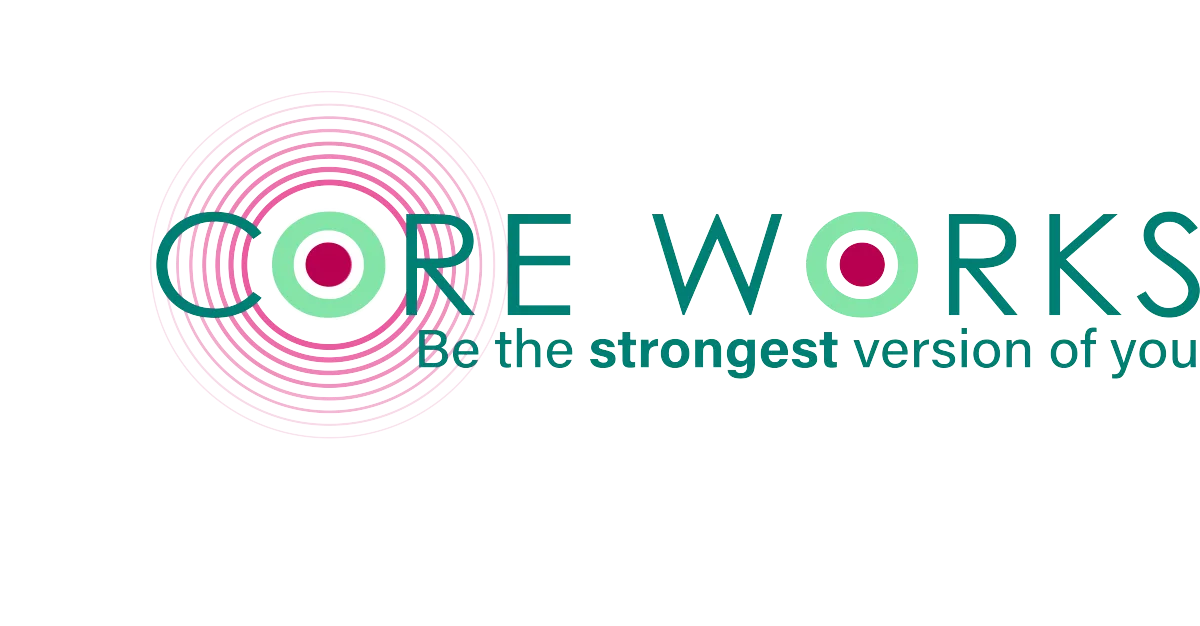
Pilates for Diastasis recti: A safe path to core recovery
It’s a fear that most women have. “If I carry a baby, will my abs separate? Will I look like I’m pregnant forever?” As you’ll read in this blog the answer in most cases, at least for the latter question, is “NO!”
Wikipedia defines diastasis recti as: “The condition is commonly defined as a gap of roughly 2.7 cm or greater between the two sides of the rectus abdominis muscle. This condition has no associated morbidity or mortality.”
Often, we work in our studio with women who fret over a separation in their abdominal wall and only occasionally do those cases need special treatment.
As a Pilates instructor I was taught if there is a two finger width or greater separation between the bellies of the muscles when the patient lifts their head, they have a positive result.
This also means if you can feel the bellies of the muscles come towards each other on both sides of your fingers, and that gap is not greater than two fingers width then you are in the “safe zone” and won’t risk a hernia with exercise – which is the real danger here (not looking like you’re still pregnant!).
If the separation is greater than two fingers, then there are certain exercises to avoid, such as abdominal crunches, planks and anything that puts pressure on the separation that risks making it worse.
The important thing to know is it’s not just about the separation but also whether or not there is a certain amount of tension in the connective tissue inside the gap. For me, this is more important than the gap. I know we are ok to proceed with safe exercises when the patient lifts her (or sometimes his) head and my fingers are pushed out of the gap by their connective tissue.
Dispelling the fear around the words 'diastasis recti'
Julie Wieb PT sums it up perfectly in her blog, What is a normal diastasis? In this fantastic blog she says that the wording around diastasis can create fear and it really shouldn’t:
”I have long been an advocate for creating and communicating better definitions, parameters, and messages around diastasis. So much of the challenge around clear and hopeful information is the actual word diastasis. The technical definition of diastasis is ‘the separation of normally joined parts’. However, the muscular sides of the abdomen are not actually normally joined. They don’t actually touch. The linea alba (LA) is the strip of connective tissue called fascia that runs between them and connects the sides of the abdomen. I tell my patients the LA helps the sides of the abdomen talk to one another during movements so they can coordinate their action. (This is also why our rehab focus is shifting to the importance of restoring tension in the fascia, not simply closing the gap).”
Seeing the improvements Pilates can have on diastasis recti
Last year we had a new client join our studio who had been doing high level Pilates classes for years before and after having children. She arrived in our studio five years after carrying twins, and had what she called a five-finger diastasis separation. For the record, when I tested her it was only about three-fingers separation, but there was zero movement or tension in the connective tissue below my fingers.
This information told me that there were some heavy load exercises we needed to avoid while we built up the connective tissue in her abdomen.
I began with exercises that focused on other parts of the body that required core support. Just in case you’re wondering, that’s everything: Sitting, standing, quadruped, arms, legs, sides and back and I particularly targeted the inner thighs – my favourite gateway to the pelvic floor and lower abdominals.
Just in the last couple of months, we have been introducing more loaded work with lighter springs on the reformer and she is happy with how far she has come. Exercises she never thought she’d be able to do again, for example, planks on the Reformer, she can now do without fear!
Her separation is now a bit smaller than three-fingers width, most likely where it will stay, but we have plenty of action in the connective tissue inside the gap and are safe to do all exercises she feels comfortable with.
So there is no reason to panic if you have a diastasis. Just know that there is a range of normal and then a range that needs to be addressed through an appropriate strengthening program and it just happens that Pilates is the perfect tool for that! Follow us on instagram to see some of the exercises we do with people who have diastasis and are working on building up fascial tension.

